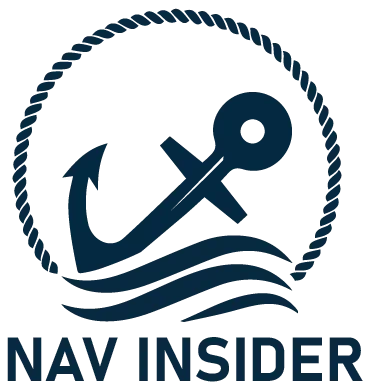The Maritime Labour Certificate (MLC) and the accompanying Declaration of Maritime Labour Compliance (DMLC Parts I & II) are statutory documents issued under the Maritime Labour Convention, 2006 (MLC 2006). Often called the “Seafarers’ Bill of Rights”, this convention ensures that seafarers worldwide enjoy decent working and living conditions.
What is the Maritime Labour Convention (MLC 2006)?
Adopted by the International Labour Organization (ILO), the MLC 2006 consolidates and updates more than 65 international labour standards into a single comprehensive framework. It covers nearly every aspect of a seafarer’s working life, including:
- Employment terms and contracts
- Hours of work and rest
- Accommodation, food, and catering
- Health protection and medical care
- Welfare and social protection
To enforce compliance, ships must carry a valid MLC Certificate and DMLC.
Maritime Labour Certificate (MLC)
The Maritime Labour Certificate is issued by the Flag State Administration or a Recognized Organization (RO) after verifying that the ship complies with MLC requirements.
Applicability
Ships of 500 GT and above engaged in international voyages or trading between foreign ports must carry the MLC Certificate.
Smaller ships may still need to comply with national regulations derived from the MLC but are not always required to carry the certificate.
Validity and Surveys
Valid for 5 years, subject to inspections.
Intermediate inspection between the 2nd and 3rd anniversary date.
Renewal inspection before expiry.
Declaration of Maritime Labour Compliance (DMLC)
The DMLC is a two-part document that accompanies the MLC Certificate. It provides detailed evidence of how the ship complies with the MLC.
DMLC Part I
Issued by the Flag State.
Outlines national laws and regulations that implement MLC requirements.
Identifies 14 areas of MLC compliance (employment agreements, wages, hours of rest, repatriation, manning, accommodation, food, health, etc.).
DMLC Part II
Prepared by the Shipowner and approved by the Flag State or RO.
Explains in detail how the ship implements the requirements in practice.
Includes procedures, manuals, and records maintained onboard.
Areas Covered by the MLC Certificate & DMLC
- Minimum age for employment
- Seafarer employment agreements
- Payment of wages
- Hours of work and rest
- Entitlement to leave
- Repatriation rights
- Manning levels
- Accommodation and recreational facilities
- Food and catering standards
- Health protection and medical care
- Onboard complaint procedures
- Health and safety protection
- Access to shore-based welfare facilities
- Social security and insurance coverage
Inspection & Verification
MLC compliance is verified through:
Flag State inspections – for initial, intermediate, and renewal certification.
Port State Control (PSC) inspections – to check compliance during international voyages.
Onboard complaint mechanisms – allowing seafarers to raise issues confidentially.
Why MLC and DMLC Are Important
- Seafarer Welfare – Protects working and living conditions, making seafaring safer and more humane.
- Regulatory Compliance – Mandatory under international law for most trading vessels.
- Port State Control – Ships without valid MLC certification risk detention, delays, or fines.
- Reputation and Crew Retention – Companies complying with MLC are more attractive to skilled seafarers.
- Commercial Acceptance – Charterers and insurers increasingly require proof of MLC compliance.
Key Differences Between MLC Certificate & DMLC
Maritime Labour Certificate (MLC) Declaration of Maritime Labour Compliance (DMLC)
Proves the ship is inspected and certified for MLC compliance. Explains how compliance is achieved.
Issued by Flag State or RO. Part I issued by Flag; Part II prepared by Shipowner.
Valid for 5 years, subject to intermediate inspections. Valid as long as ship’s SMS and practices remain unchanged.
Conclusion
The Maritime Labour Certificate (MLC) and Declaration of Maritime Labour Compliance (DMLC Parts I & II) together form the backbone of crew welfare regulations at sea. They not only protect seafarers’ rights but also ensure that ships meet international standards for safe and humane working conditions. For shipping companies, carrying these documents is both a legal obligation and a mark of responsibility toward the people who power the global trade.

